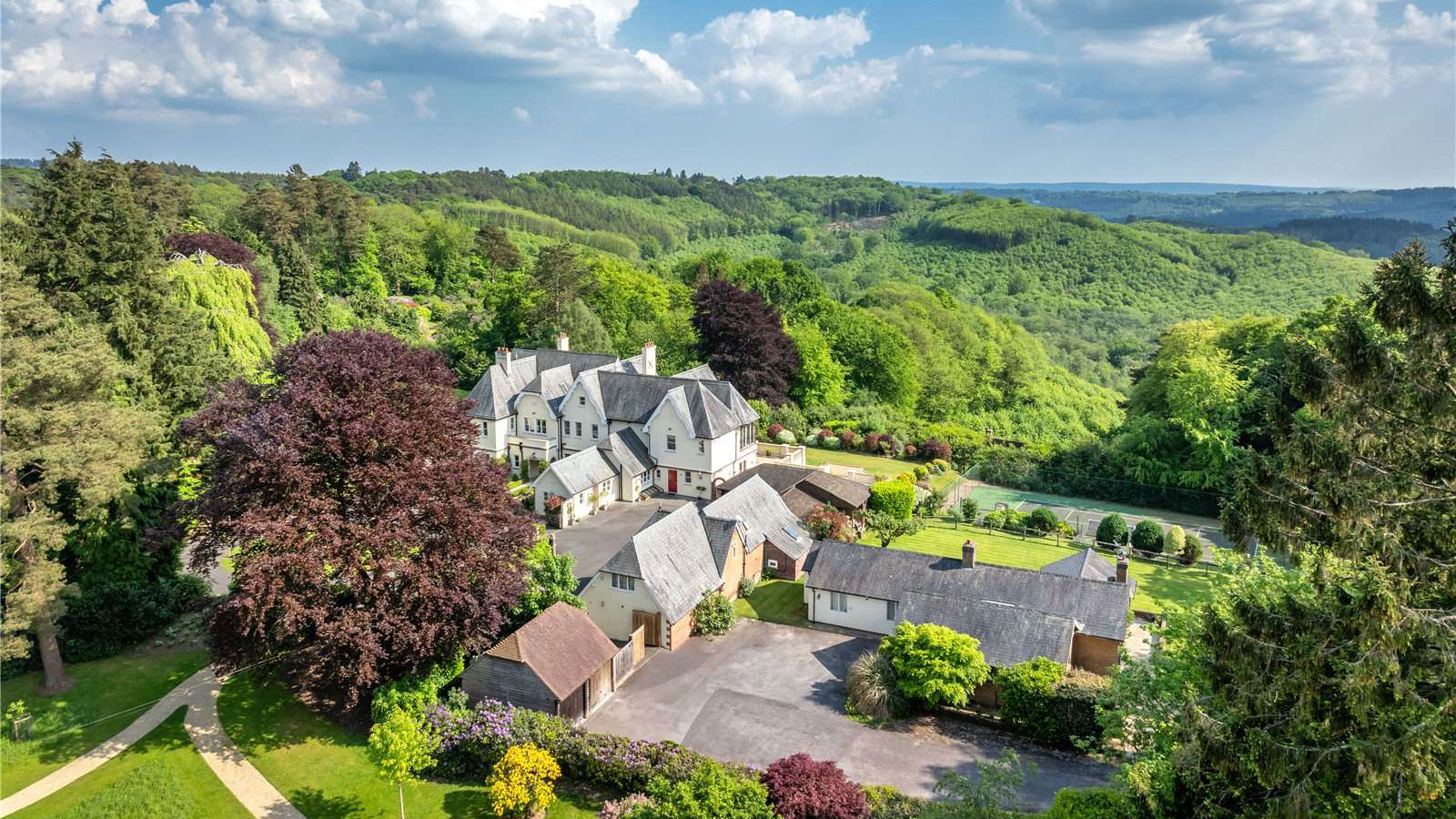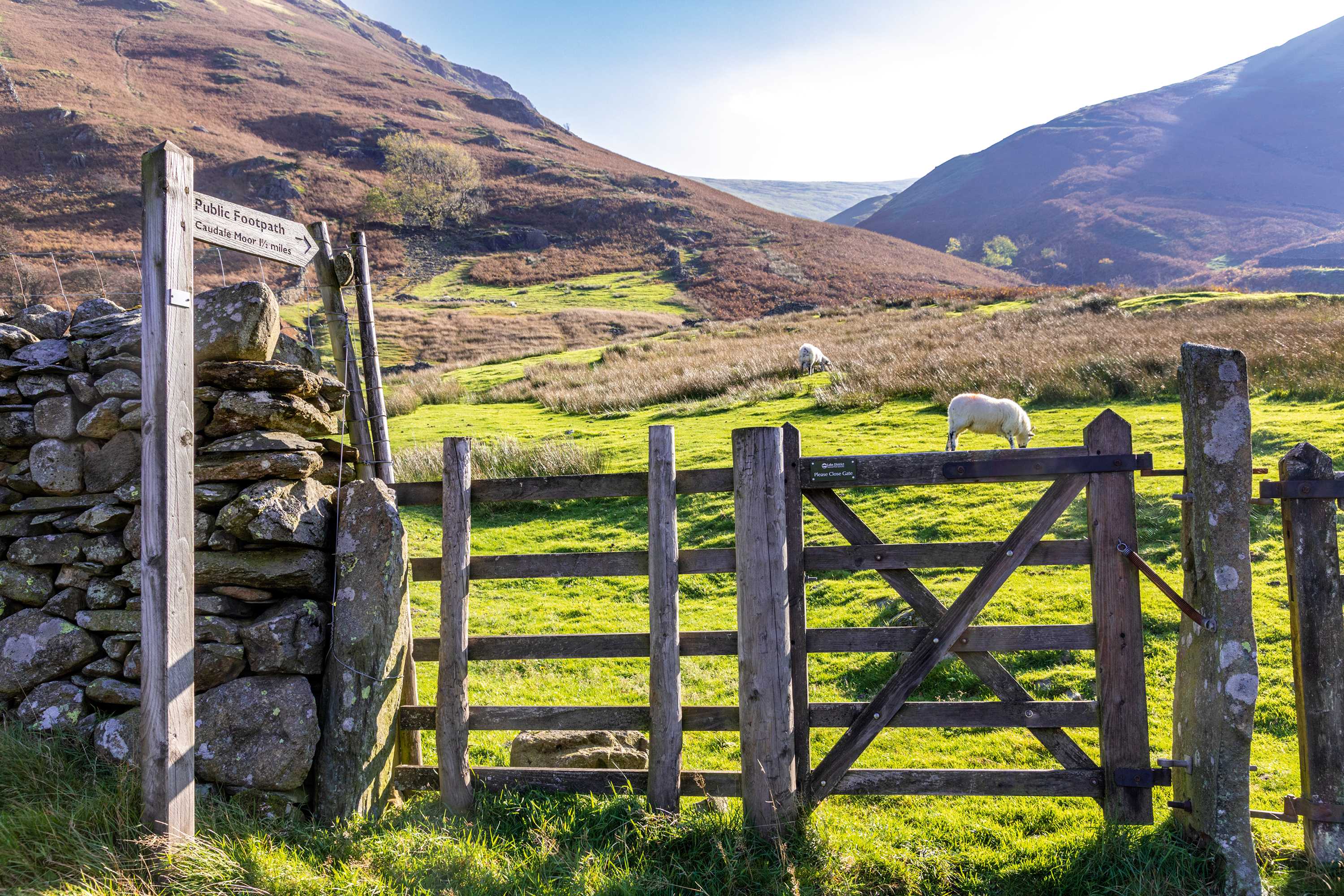Perfect caramel figs
The perfect recipe for caramel figs from Jane Grigson's 'Fruit Book' which any good cook should have

You need figs which can be eaten unpeeled (most varieties can be), three or four per person
Golden caster sugar or vanilla-flavoured sugar
Cream
Almond biscuits
Take a gratin dish big enough to hold the figs tightly together, with their stalks to the top. Dip each fig in water and roll them in the sugar until they're fully covered. Put them back into the dish. Bake them in a hot oven, 220˚C?230˚C, for about 20 minutes but check them after 12 minutes until the sugar has disappeared and turned into a rich brown juice on the bottom of the dish. Cool them, then chill them thoroughly. Serve them with cream and almond biscuits. I have had similar figs at Glin Castle in Co Cork, but these were rolled in honey and quite delicious. Probably stickier for the cook, however.
Sign up for the Country Life Newsletter
Exquisite houses, the beauty of Nature, and how to get the most from your life, straight to your inbox.
Country Life is unlike any other magazine: the only glossy weekly on the newsstand and the only magazine that has been guest-edited by HRH The King not once, but twice. It is a celebration of modern rural life and all its diverse joys and pleasures — that was first published in Queen Victoria's Diamond Jubilee year. Our eclectic mixture of witty and informative content — from the most up-to-date property news and commentary and a coveted glimpse inside some of the UK's best houses and gardens, to gardening, the arts and interior design, written by experts in their field — still cannot be found in print or online, anywhere else.
-
 Six rural properties with space, charm and endless views, as seen in Country Life
Six rural properties with space, charm and endless views, as seen in Country LifeWe take a look at some of the best houses to come to the market via Country Life in the past week.
By Toby Keel
-
 Exploring the countryside is essential for our wellbeing, but Right to Roam is going backwards
Exploring the countryside is essential for our wellbeing, but Right to Roam is going backwardsCampaigners in England often point to Scotland as an example of how brilliantly Right to Roam works, but it's not all it's cracked up to be, says Patrick Galbraith.
By Patrick Galbraith